Keywords are not just crucial for Search Engine Optimization (SEO) – they’re equally vital for your social media strategy. By effectively incorporating relevant keywords into your social content, you can significantly boost your visibility, engage your target audience, and drive more traffic to your platforms.
Let’s explore how to find the right keywords, seamlessly integrate them into your content, optimize for user intent, and adapt your strategy for different social platforms.
Identifying Relevant Keywords
Thorough research is the foundation of any successful keyword strategy. Start by:
- Brainstorming terms related to your niche, products, or services
- Analyzing your competitors’ top-ranking keywords using tools like SEMrush
- Expanding your keyword list with tools such as Google Keyword Planner, Ubersuggest, or Moz Keyword Explorer
For example, if you’re planning content about “essential oil room sprays,” your research might uncover related terms like “DIY essential oil room spray,” “Best essential oils for air freshening,” and “Aromatherapy room spray recipes.”
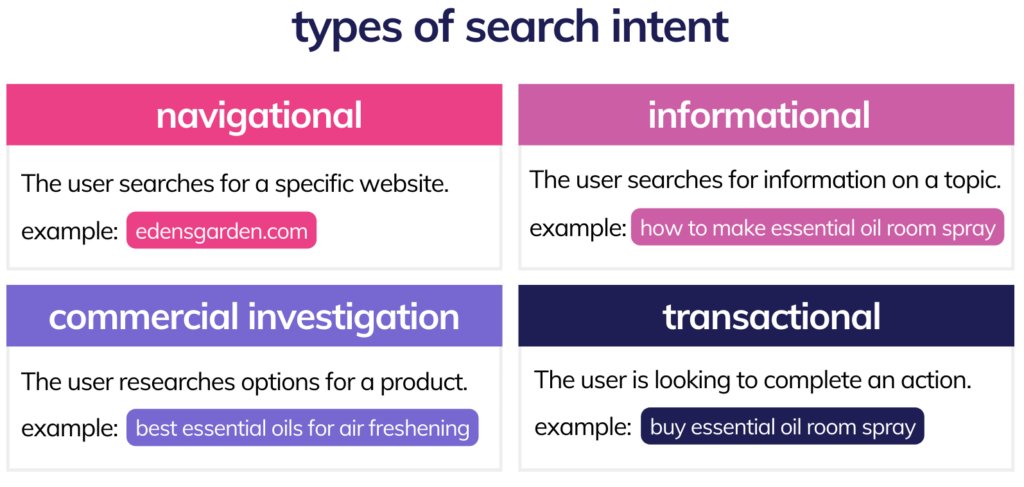
Incorporating Keywords Into Content
Once you’ve identified relevant keywords, seamlessly integrate them into your social media content. As Joanna Hawley-McBride from Jojotastic suggests, “Incorporate your keywords literally everywhere,” but ensure the integration feels natural. Here’s how:
- Use keywords in post captions and descriptions
- Integrate keywords into hashtags (e.g., #bedroominspo, #bedroominteriordesign)
- Add keywords to video titles and descriptions for platforms like YouTube and TikTok
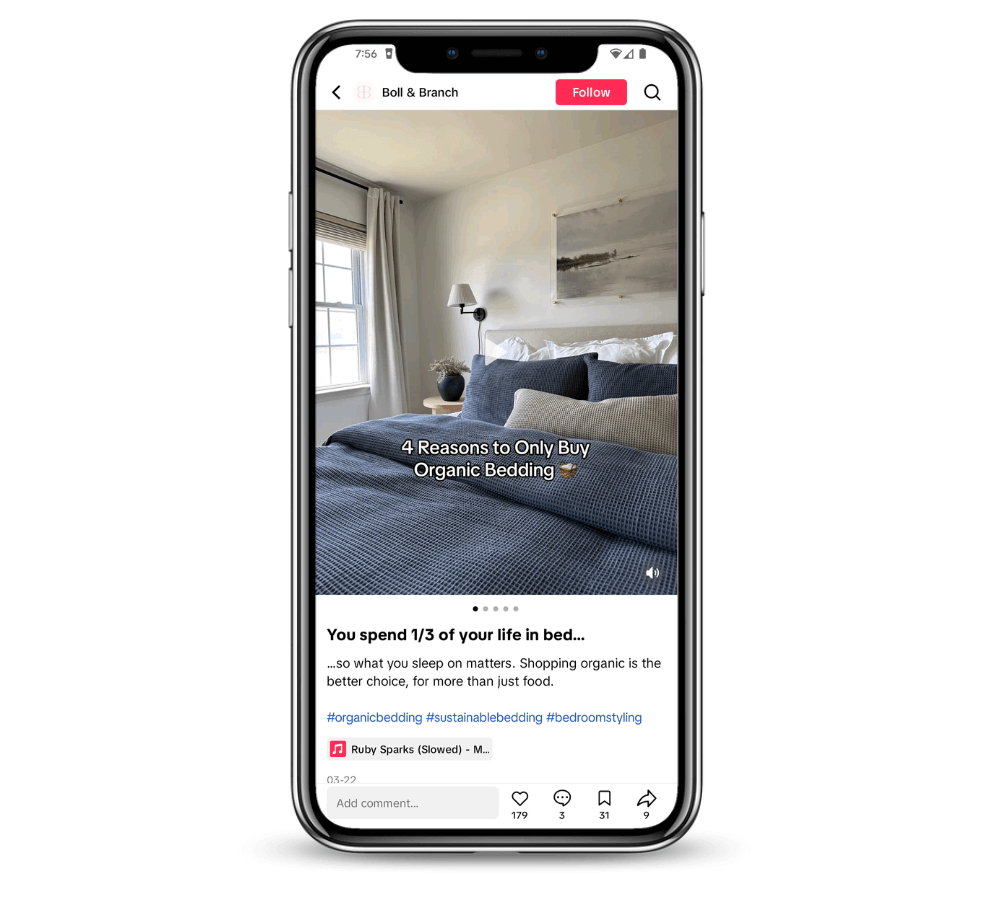
Optimizing for Search Intent
While using keywords is crucial, it’s equally important to understand and cater to the user’s search intent. Create content that not only includes relevant keywords but also addresses the specific needs or questions users have when searching for those terms.
As Joanna notes, “Before somebody buys anything, a consumer typically needs seven hours of engagement across 11 different touch points and in four separate locations.” This underscores the importance of consistently providing valuable, optimized content across various platforms to guide your audience through their journey.
To effectively guide your audience:
- Maintain a consistent presence across multiple platforms
- Provide diverse, high-quality content that addresses different stages of the consumer journey
- Optimize each piece of content for search intent and discoverability
- Encourage engagement at every touchpoint
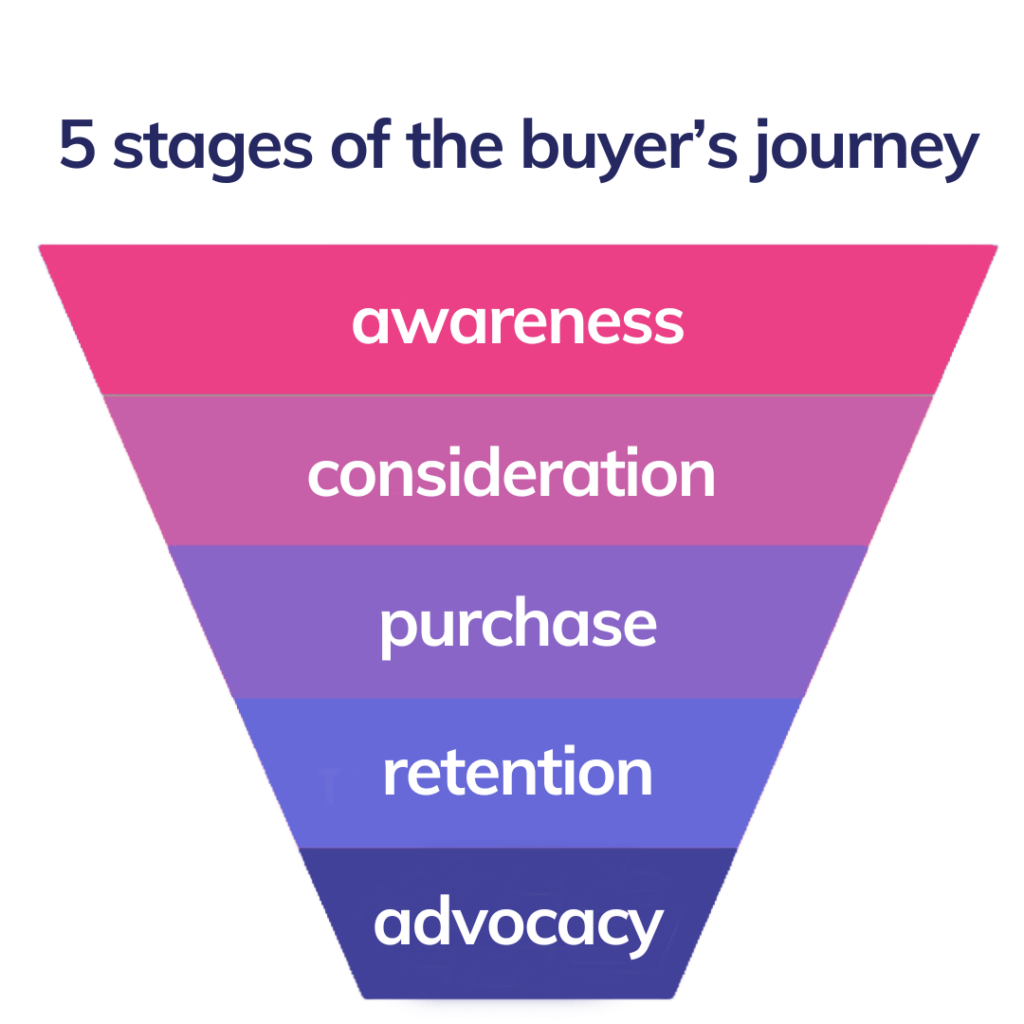
Consistency and Relevance
Maintaining a consistent and relevant keyword strategy is key to long-term success. Regularly revisit and update your keyword list to ensure it remains aligned with your goals and industry trends. Focus on keywords specific to your niche, like “colorful home decor” instead of just “home decor,” but avoid overusing them unnaturally.
Platform-Specific Keyword Tactics
Different social media platforms have unique features and best practices for keyword optimization:
YouTube:
- Include primary keywords in video titles and descriptions
- Use relevant tags and add transcripts for better indexing
Pinterest:
- Use keywords in board names and pin descriptions
- Create a dedicated brand board with a keyword-rich description
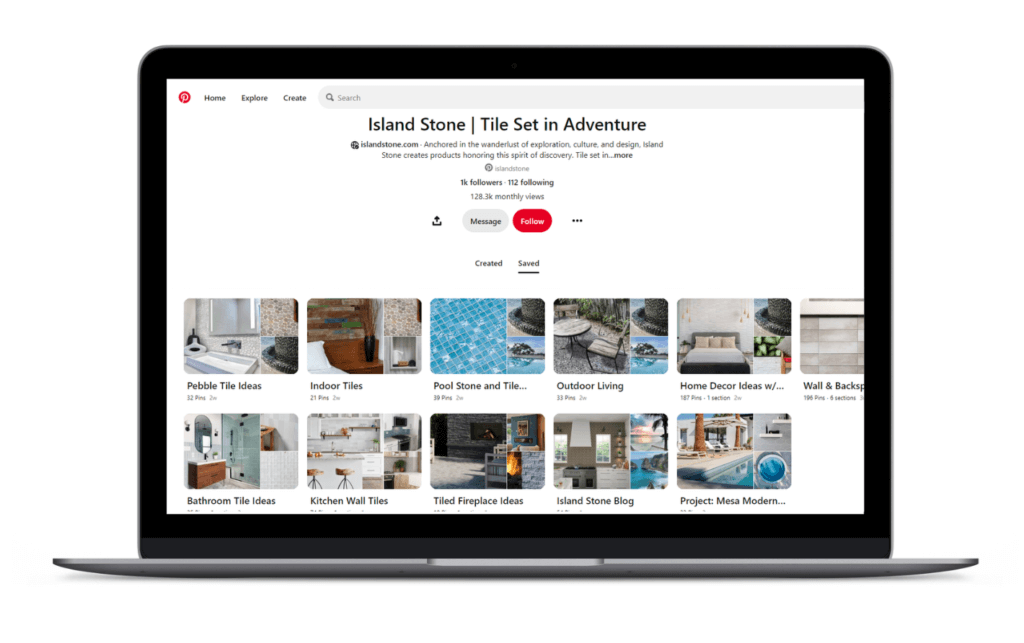
Instagram:
- Incorporate keywords into captions and use specific, relevant hashtags
- Include key terms in your bio and add descriptive alt text to images
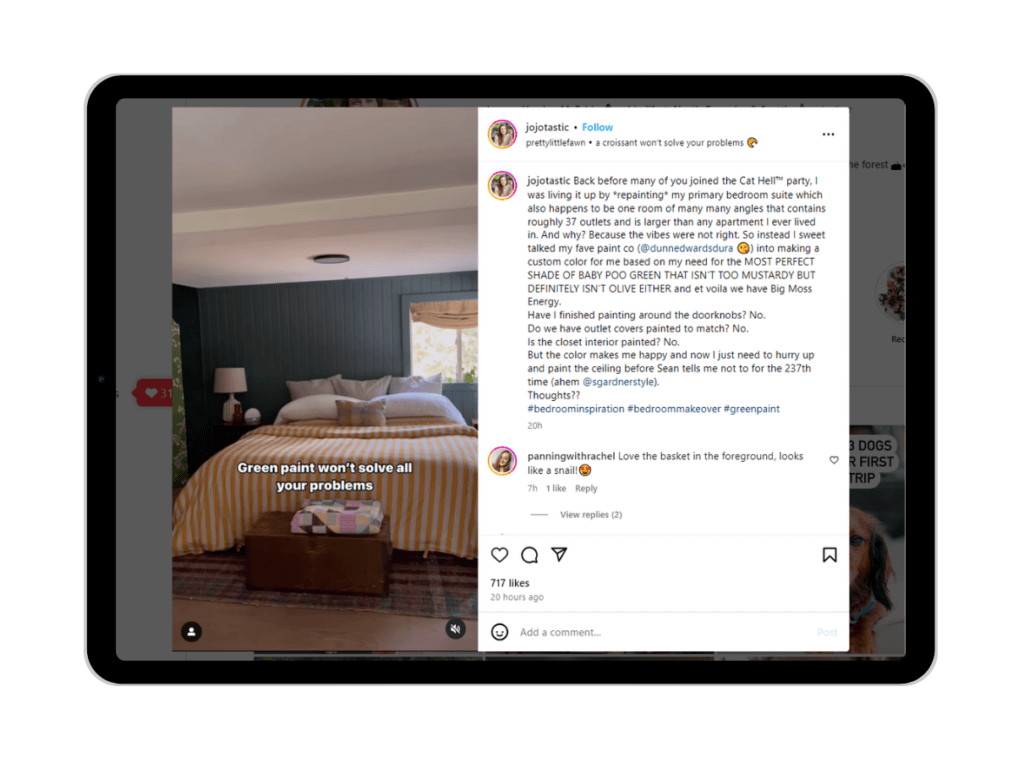
TikTok:
- Include keywords in video captions and use trending hashtags
- Speak keywords clearly in your videos for accurate auto-generated captions
General tips for all platforms:
- Use geotags when relevant
- Encourage cross-platform following
- Utilize “Link in Bio” features effectively
- Maintain a consistent brand voice and keyword strategy across all platforms
Remember, as Joanna points out, “By analyzing which platforms are driving the most traffic for you, you can prioritize where you spend your money, your energy, and your time.” This approach will help you focus your efforts on the platforms that provide the best return on investment for your specific brand or business.
By implementing these strategies and consistently providing valuable, optimized content, you’ll create multiple opportunities for meaningful interactions with your audience. This will ultimately increase the likelihood of conversions and foster long-term brand loyalty.







